Off-grid solar power systems harness solar energy, converting it into electricity for storage in batteries. Optimize performance by controlling charge input, not just connecting the panel to the battery. You need to use various tools to do this, including MPPT charge controllers. But what are they? This blog post will give you an overview of what an MPPT charge controller is, how it works, and its benefits.
What Is an MPPT Solar Charge Controller?
Maximum Power Point Tracking (MPPT) is vital for optimizing a solar panel's performance. These panels exhibit varying electric outputs and efficiency levels influenced by time of day, cloud cover, and panel temperature. By pinpointing the optimal efficiency point, the MPPT ensures that your system operates at its peak efficiency level.
When solar panels gather solar energy, they often generate more power than the batteries can accommodate. To ensure optimal efficiency and storage, controlling the inflow into the battery is crucial for the system's functionality. This task is effectively managed by a charge controller.
The transfer of energy from your solar panel to the battery in your system involves voltage and amperage. Voltage measures the electron pressure in the system, whereas amperage monitors the flow or current of those volts. When combined, these factors generate power quantified in watts. Reaching peak power output requires optimizing the synergy between volts and amps in your solar system setup.
The MPPT solar charge controller functions as a DC-to-DC converter within your solar power system. It takes in voltage from the solar panels and transforms it to charge your battery more effectively. This optimization prevents energy loss in the system, allowing you to capture and generate energy efficiently, thereby maximizing storage and utilization capacity.
Inspect the product specifications of your solar generator or portable power station to determine if the charge controller is included or needs to be bought separately. Ensure that all system components are compatible, especially when combining items from various brands.
How Does the MPPT Charge Controller Work?
Your solar power system performs optimally when it aligns with your battery levels. Excess power input results in energy loss, while insufficient input hinders effective energy storage. Maintaining the right balance is crucial for your system's efficiency.
To maximize the power output of your solar system, it's crucial to strike the right balance between amps and volts. Wattage, the measure of power, is determined by multiplying amps and volts. If your battery has a capacity of only 12 volts, you'll need to ensure the amperage is sufficient to achieve the total wattage your solar panel is designed to generate.
Working out this manually can be quite complex. The panel must exceed the battery voltage to achieve balance, so the figures aren't directly proportional. The maximum power point signifies the ideal harmony between voltage and amperage to maximize solar panel output – the point where your system minimizes solar energy loss during conversion and transmission.
Throughout the day, the system's optimal amperage and voltage levels fluctuate. The angle of sunlight on your panels is a factor. Cloud cover, temperatures, and precipitation impact the required levels, determining your system's best voltage and amperage combination. It's not a simple calculation to account for all these variables.
This is where an MPPT plays a crucial role. The charge controller digitally monitors various inputs and consistently seeks the optimal levels. It manages the current from the panel and the battery voltage, continually fine-tuning these levels to bring your system as close as possible to the maximum power point for efficient operation.
Benefits of an MPPT Solar Charge Controller
MPPT solar charge controllers can greatly improve the performance and efficiency of your solar system. Here are some specific benefits:
More Efficient Power Transfer
Both types of solar charge converters impact the electric current from solar panels to the battery. The current is crucial as the battery can only store a limited amount of power simultaneously. Supplying too broad a current to the battery results in energy loss. However, the MPPT effectively manages both the voltage and amperage, enabling your system to retain more of the rated wattage from your solar panels.
Enhanced efficiency is important for maximizing your system's performance and meeting your electricity requirements through your solar power setup.
Less Dependent on Weather
An essential aspect of efficiently harnessing solar power to meet your energy requirements involves storing energy for use during periods when sunlight is unavailable to power your solar panels.
On overcast days, the optimal power point shifts throughout the day. The longer you go without hitting that perfect balance, the less effectively your system can function. The MPPT controller adjusts to the changes in the environmenta, allowing your system to consistently operate at its peak performance level.
Fewer Panels Needed
Increasing the power output of each solar panel may reduce the total required to meet your energy needs, potentially saving you money by investing in a smaller solar array. Moreover, having fewer solar panels offers greater flexibility in their placement. This allows you to concentrate the panels on the sections of your roof that are optimally situated to capture and convert sunlight into electricity.
More Effective for Large Systems
As your system expands, maximizing the output from every solar panel grows increasingly crucial. In multi-panel solar arrays, this difference can be truly significant.
Considering the energy loss that naturally occurs from the moment sunlight touches your panels to the electricity flowing through your system, enhancing the performance of each panel yields substantial benefits across your entire array and in the long term. Utilizing an MPPT controller for large groups of panels will greatly enhance the power available for your use.
Return on Investment
MPPT solar charge controllers may have a higher price tag than a PWM controller. However, the additional cost is offset by its enhanced functionality. The investment pays off through reduced energy expenses and a significantly reduced carbon footprint when contemplating a solar energy system. By opting for an MPPT solar charge controller, you can reap these advantages more swiftly and comprehensively than with its counterpart, the PWM controller.
Are MPPT Solar Charge Controllers Worth it?
When considering a significant purchase, evaluating its value hinges on how you're going to use it, your needs, and the extent of disparities among available options. Regarding an MPPT controller, the key factor is whether the advantages, like enhanced energy output, warrant the added expense in the long run.
The answer might be negative if you have a basic system. Likewise, if you rarely experience cloudy or rainy weather, the exact measurement and frequent adjustments provided by an MPPT controller might not offer substantial benefits that justify the additional cost. The incremental power increase could be marginal, thus delaying the realization of the cost savings typically associated with utilizing an MPPT charge controller.
Without such circumstances, an MPPT solar charge controller offers substantial benefits that yield long-term advantages. It enables optimal system performance, minimizes energy wastage, and ensures consistent peak output year-round.
Efficient energy generation and storage lead to faster financial returns on your investment. Using an MPPT solar charge controller speeds up your journey to a positive return on investment.

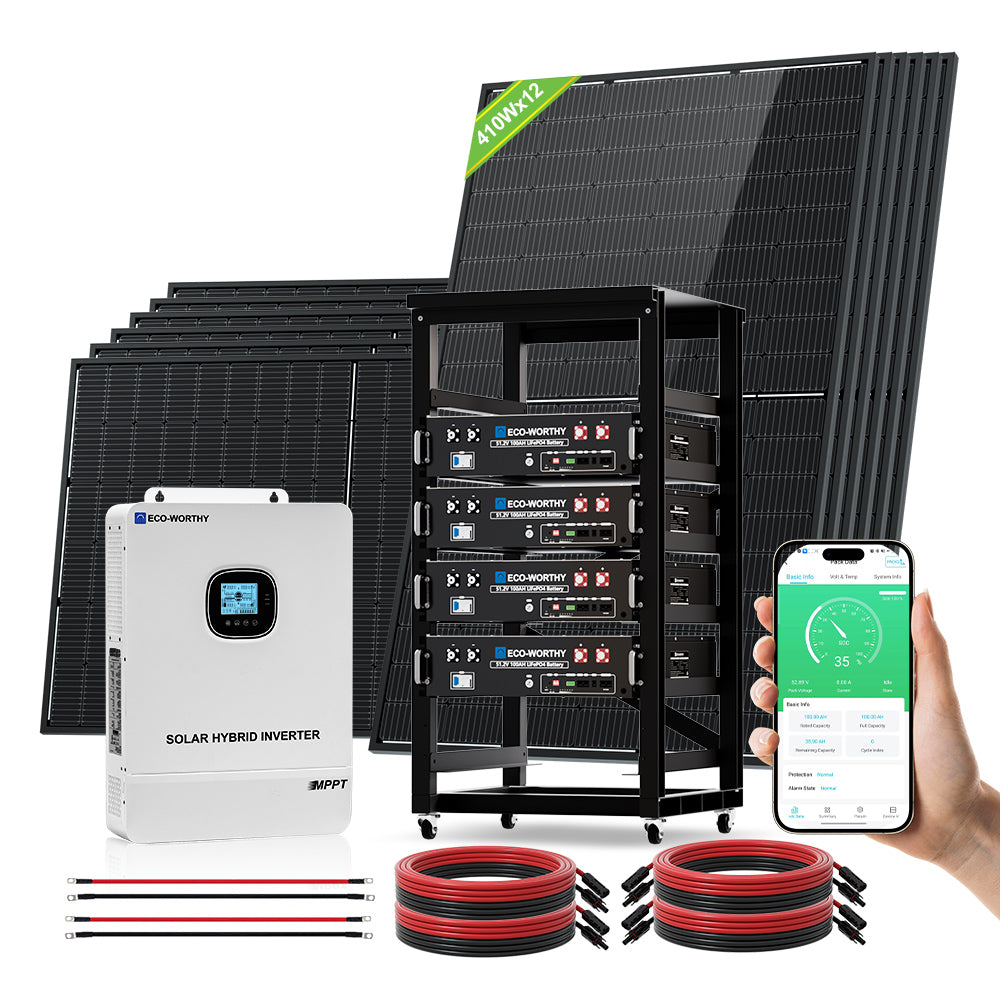
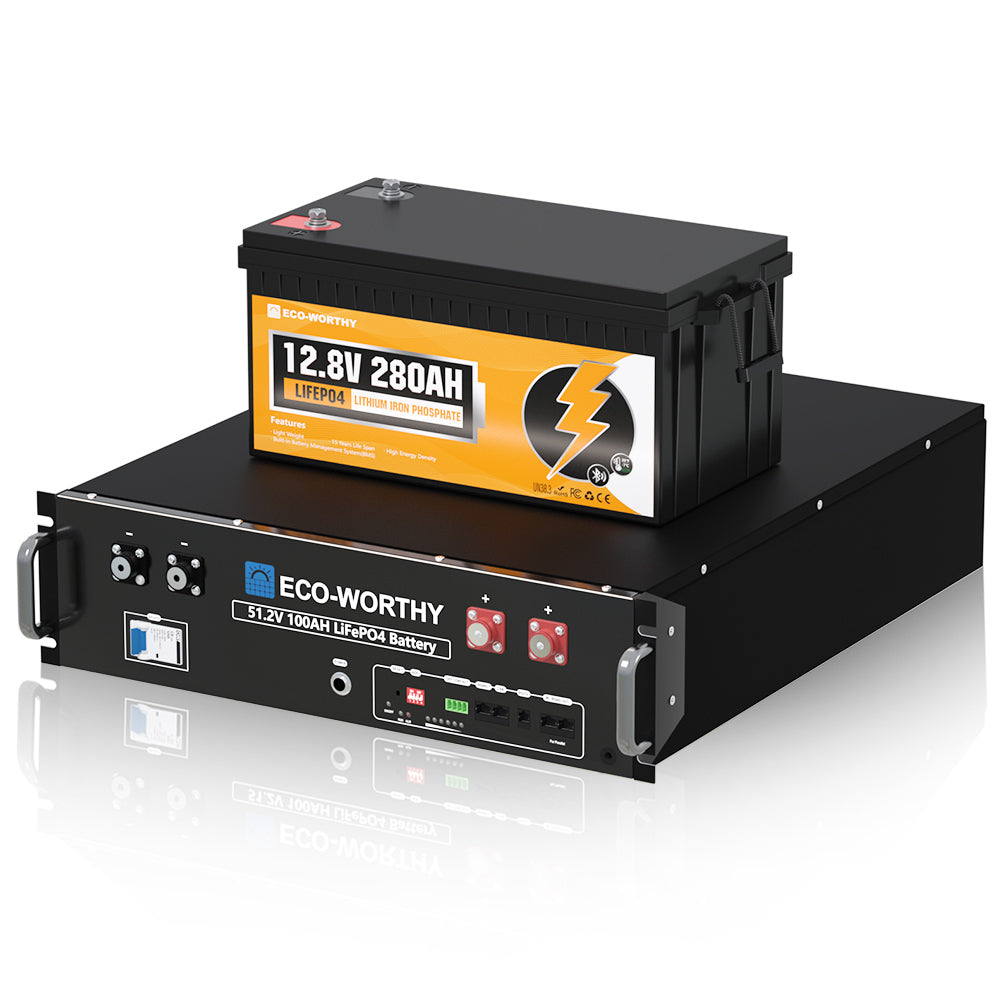
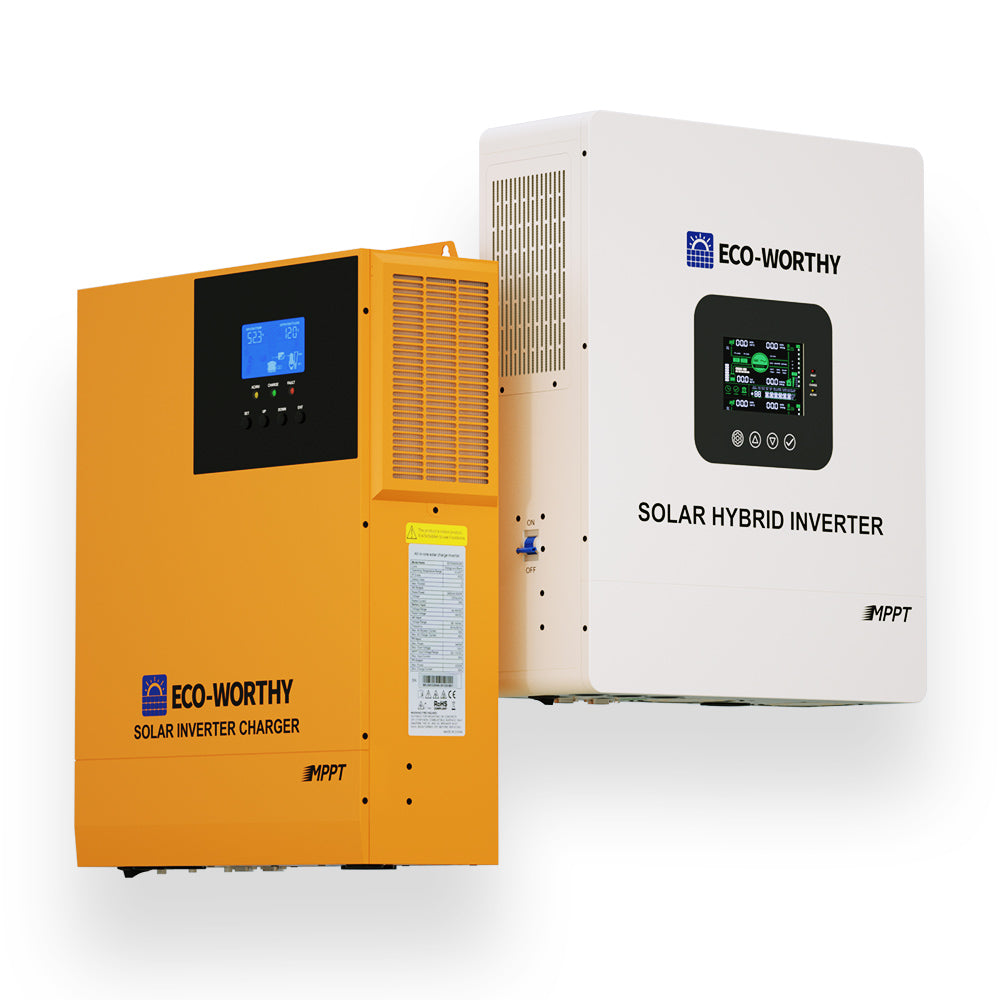
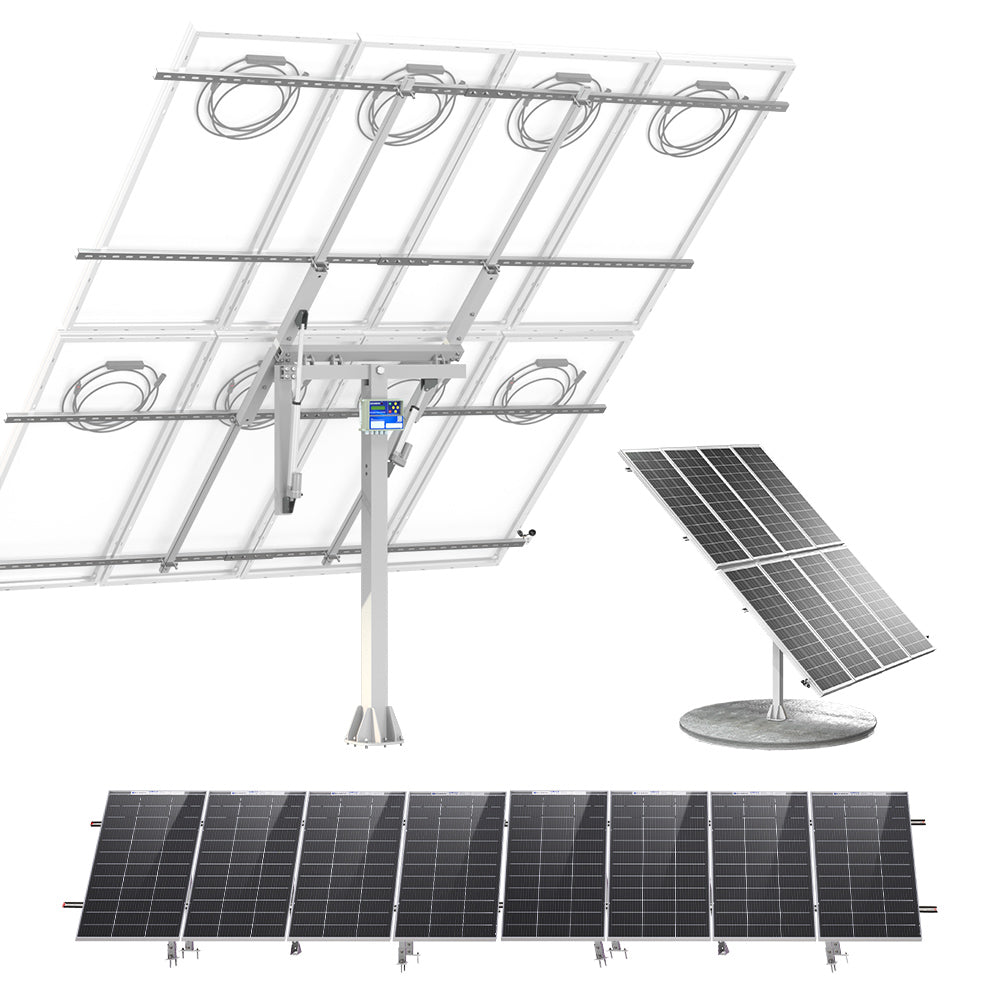
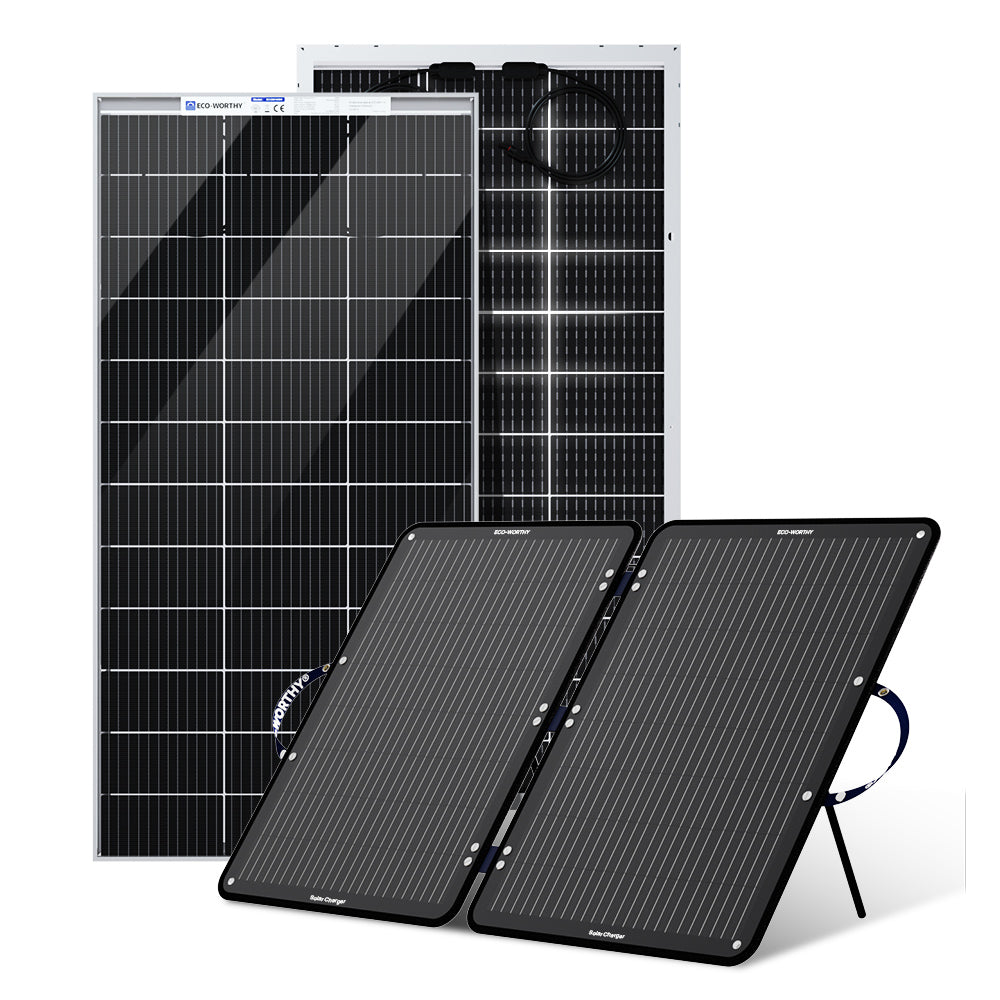
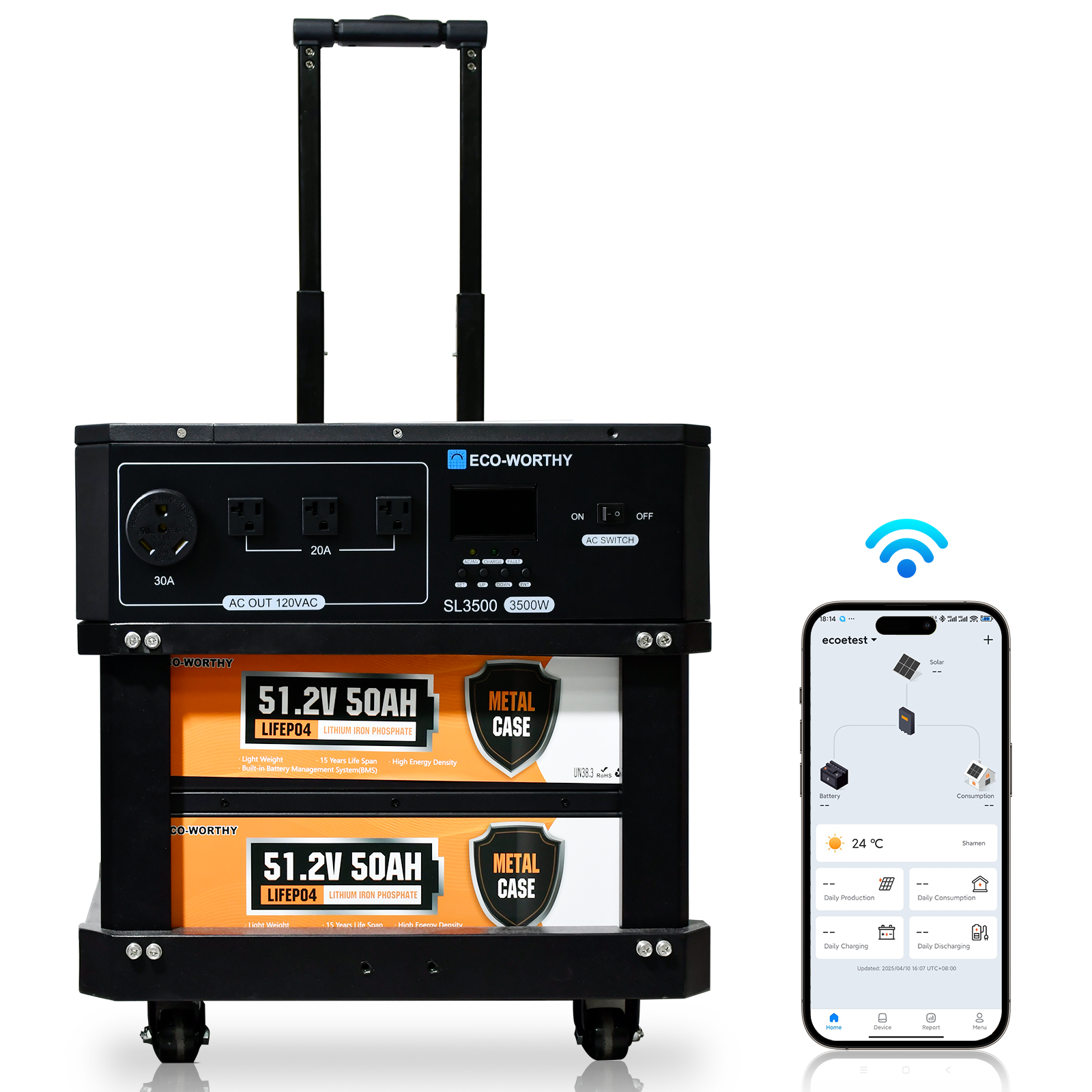





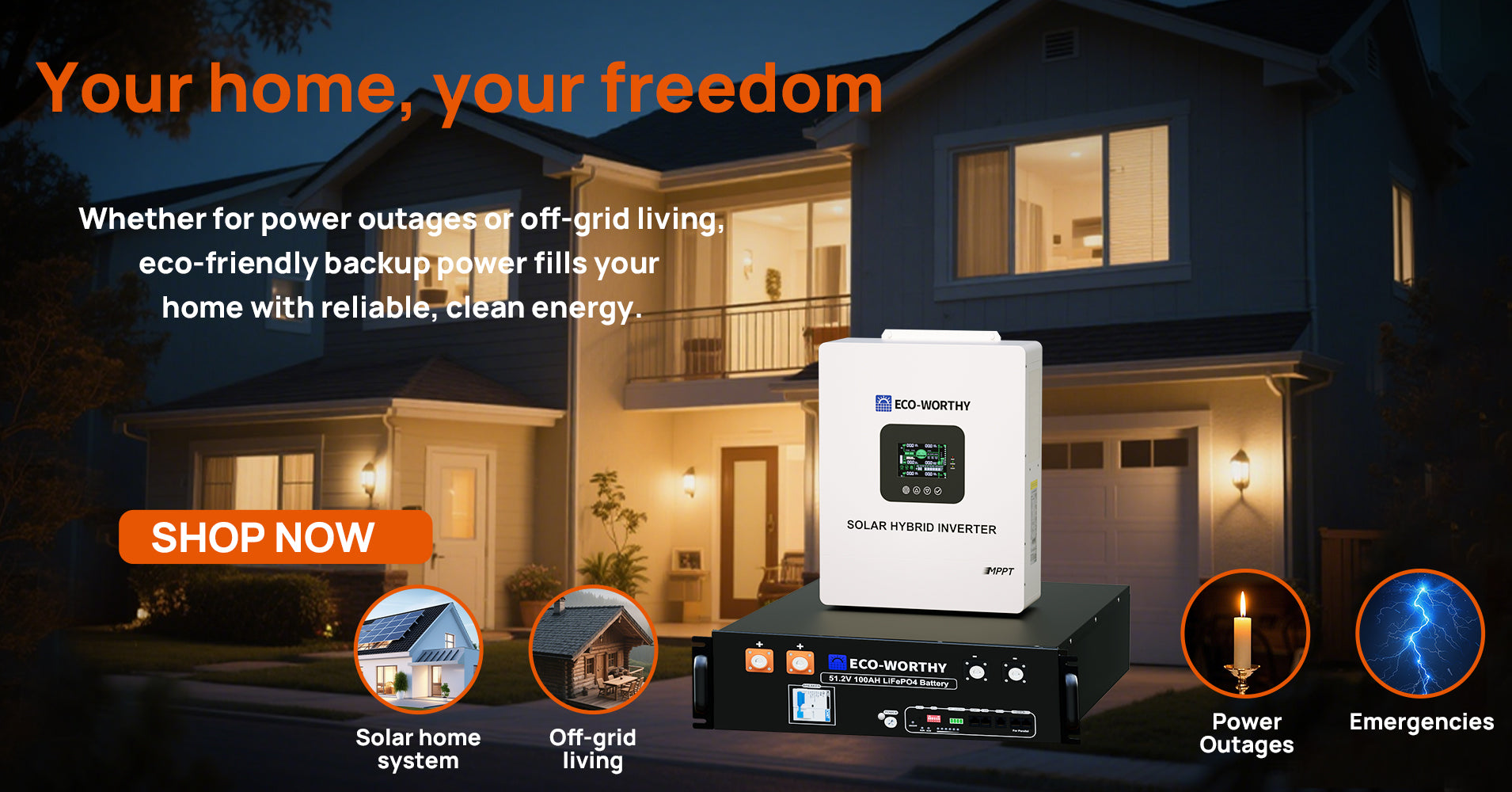



2 comments
Someone recommended to me that I could use your battery charge controller with small wind turbines instead of solar panels. Is that feasible? Do you have any sample schematics showing the controller working with panels and loads? Can the “load” channel be used instead for a second small wind turbine?
Have a lot to learn, but I’m ready to get started on my solar panels to power my house in the mountains .